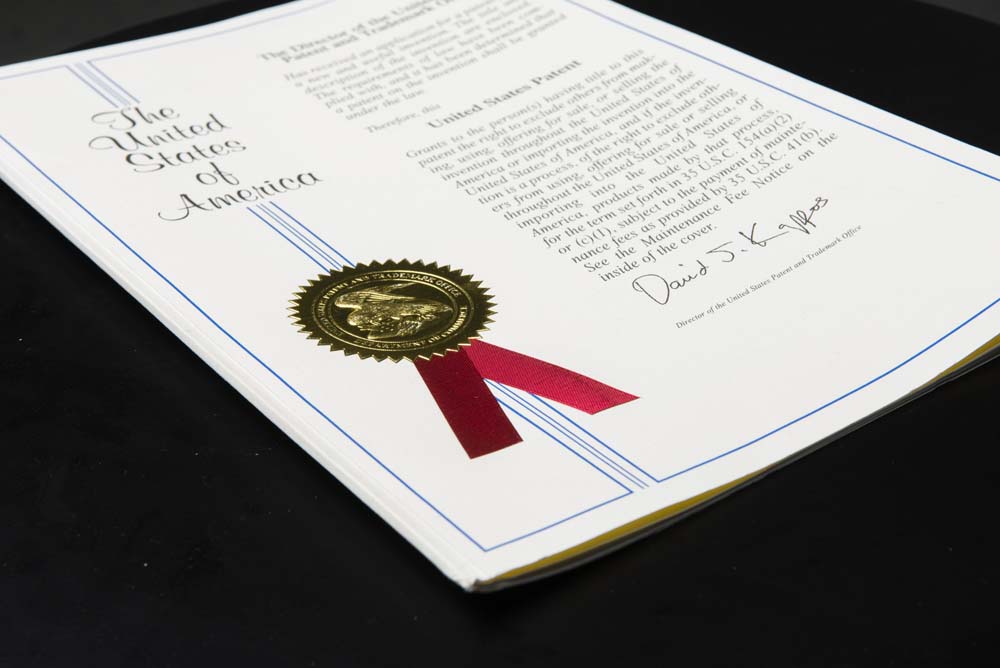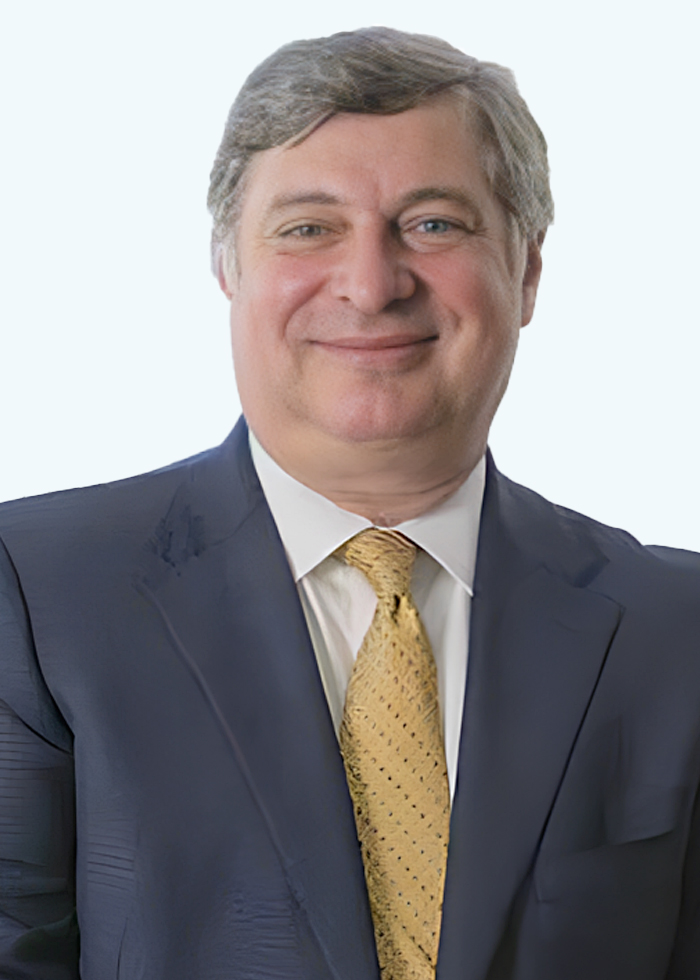Welcome to IP in a minute with Richard Gearhart of Gearhart Law. Thanks for joining us today, and today we’re going to be talking about provisional patent applications.
A provisional patent application is a placeholder patent. Its main advantage is that it can be modified for up to a year after it is filed. Moreover, once a provisional is filed, the inventor achieves patent pending status. Preferably, the provisional application is filed as a full application, that is it meets all the requirements of a utility application, and includes a full set of claims, drawings, analysis of the prior art and a full specification. Under these circumstances the inventor gets the full protection of a non-provisional (usually a utility) application, but has the advantage of achieving patent pending status and being able to make changes to the application during the one year period.
For this reason provisional applications are a good choice for inventors still working on their concept, who are planning to get a designer or a prototyper involved, and who foresee that there may be changes to the application down the road.
Another advantage of the provisional application is that it effectively gives the inventor an additional year of patent term. Under U.S. laws the 20 year term for a patent begins on the date the non-provisional (which is usually a utility application) is filed. Typically, the non-provisional application is filed one year after the provisional application is filed. Thus, the inventor gets the benefit of the extra year between the provisional filing date and the non-provisional (utility) filing date.
Our recommendation is to file a complete provisional application, having all the features that the non-provisional will have. This gives the inventor the full value of the protection starting from the date that the provisional is filed. However, U.S. patent laws allow provisional applications to be filed without all of the requirements of the non-provisional. So in certain circumstances a provisional may be filed without claims, or drawings, or even a detailed specification. No matter what is filed, it must meet the enablement requirements under US patent law. However, these watered-down provisional applications, sometimes known as bare-bones provisionals, or half provisionals, can be valuable if an application needs to be filed quickly in order to preserve the filing date due to a conference, a one year bar date, etc.
You should consult with your patent professional to determine which type of application is appropriate for your circumstances.


